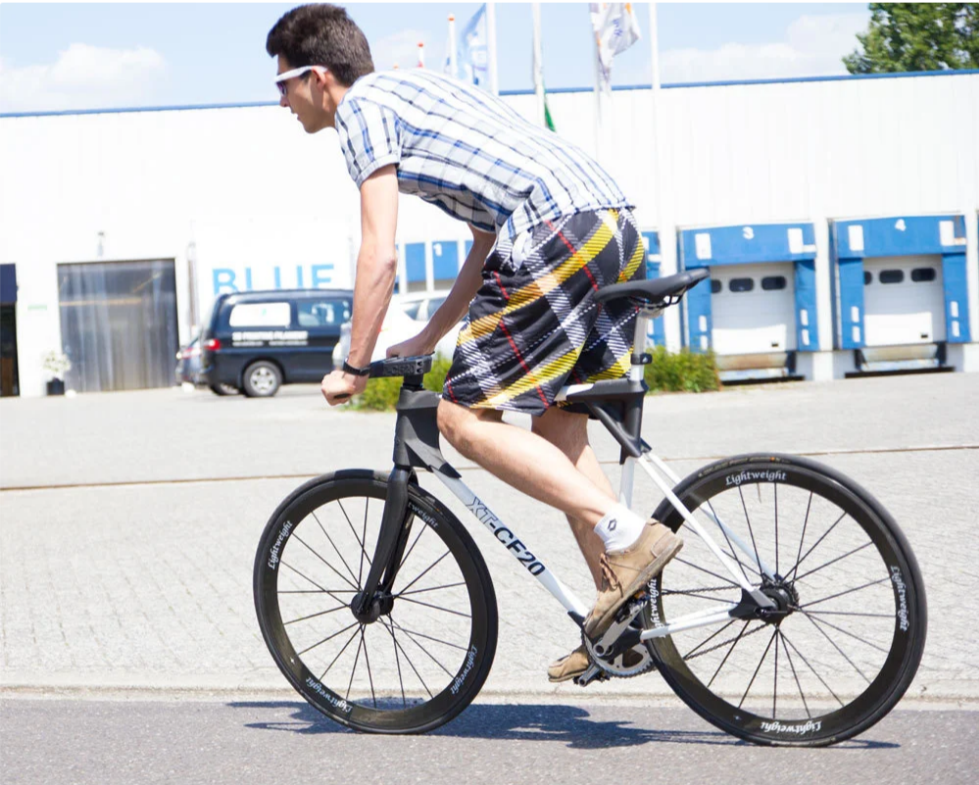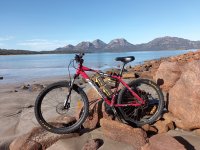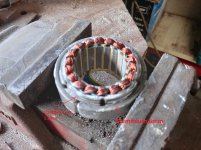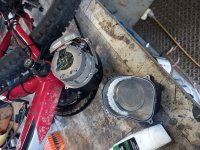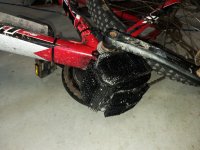This is my contribution which I have moved from here.
Please, don't quote the complete post
freexxx said:
3. have you some ideas how to repair on brand new motor wobbling axis-left right-up down? and wobbling Chainwheel. not too much but wobbling.
Waynemarlow said:
Fit a bearing in the outer spider rather than an oil seal ...
For the bearing inside the spider I advice a Enduro type (6902 LLU MAX).
For water resistance I placed a O-ring against the inner bearing ring and a flat rubber ring between O-ring and crank for a tight fit but free running axle.
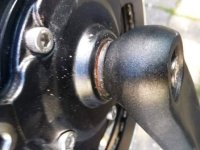
Beside this, you can also add a second bearing behind the oil seal on the left non-drive side.
This supports the axle on 3 bearings 6902, which has a positive impact on the wobbling.
freexxx said:
..
just insert the bearing and O-ring? some exact procedure "how to" ..
No pictures, but this is how it is done
Drive side, Spider:
-remove crank
(imbus 8mm)
-remove the spider
(5x imbus 4mm)
-push out rubber oilseal
-push in the bearing
(Enduro 6902 LLU-Max) *
-remount spider
-place 14.5mm ID O-ring
-place 15x20x3 mm rubber ring
(or second O-ring)
-remount crank
* Sometimes the bearing will be too tight or too loose inside the spider.
Too tight: 15min, heat spider in oven and/or cool bearing in freezer
Too loose: use Loctite 641 or epoxy
Non drive side:
-remove crank
(imbus 8mm)
-remove oilseal with a thin screwdriver
(axle side)
-push in the bearing
(6902 2RS)
-push in the oilseal
**
-remount crank
** If the oilseal is damaged with removing, use the spider-side seal.
How it looks on the drive side just before remounting the crank:

freexxx said:
HI
problem with wobbling .... outer bearing CSK30P, is it normal ??? by adding 6902 LLU MAX and 6902 2RS I did not solve the problem.....
Because of the tolerances a bit wobbling is normal.
Your video is very short, so I can't see if the wobbling was between inner and outer CSK30P ring or at the axle too.
If this is the case the extra bearings are minimizing this. Did you notice some difference without or with extra bearings?
freexxx said:
,,,,
wobbling is only on outer of CSK30P and axle but only little bit. But orginal BAFANG,BOSCH,YAMAHA,SHIMANO there is a wobbling nowhere.
I haven't noticed an improvement by adding bearings
The tsdz2 is a cheap and easy to service engine, which you can't say about the other brands.
Unfortunately the result is that not all the best parts have been applied.
This and the Chinese tolerances give these sort problems. It is possible to improve this all, by replacing all bearings for premium parts. And narrowing tolerances by the use of shims and glue.
This way you will improve a lot, but for which price and with what advantage. The wobbling will be gone, but the engine will be the same.
imho an addition like the extra bearings, maybe some
extra shims are relative cheap and will prevent that the wobbling will be increase. An premium CSK30P like a
Stieber will cost a lot, but can solve your problems too.
You are not the first (and last) one that found this behaviour. If you read
from here and
from there you find some more information about these problems.
Please, don't quote the complete post





